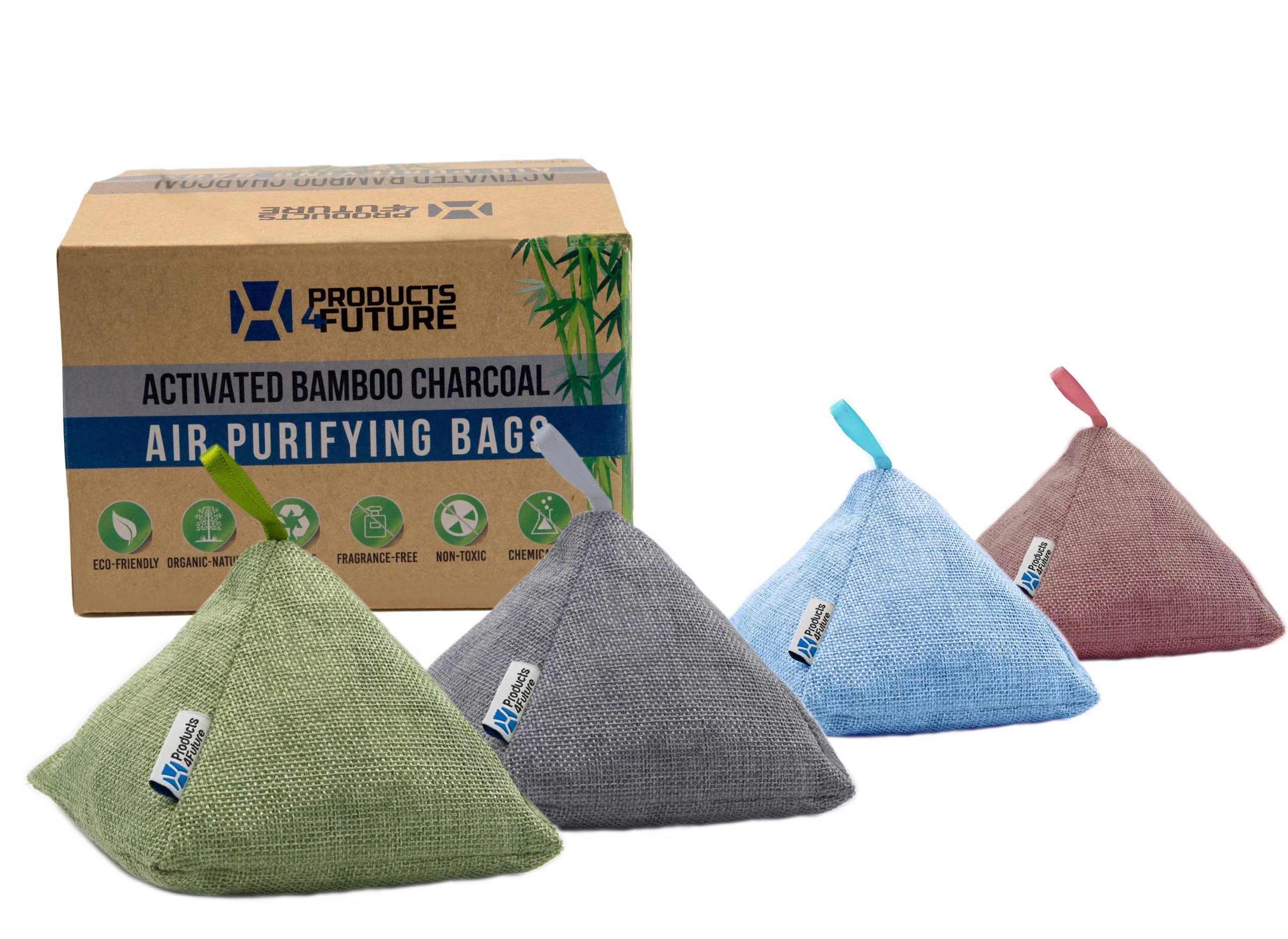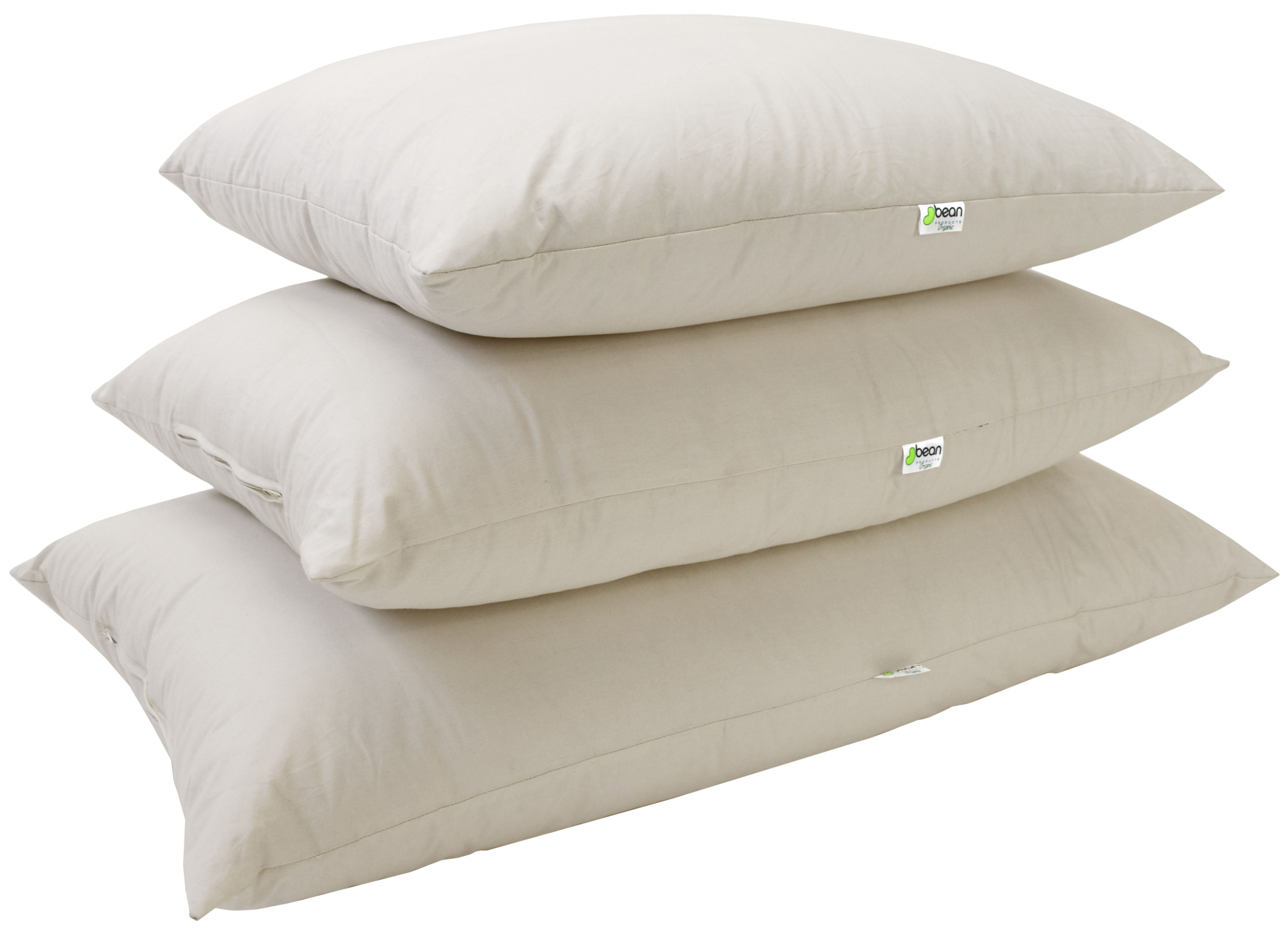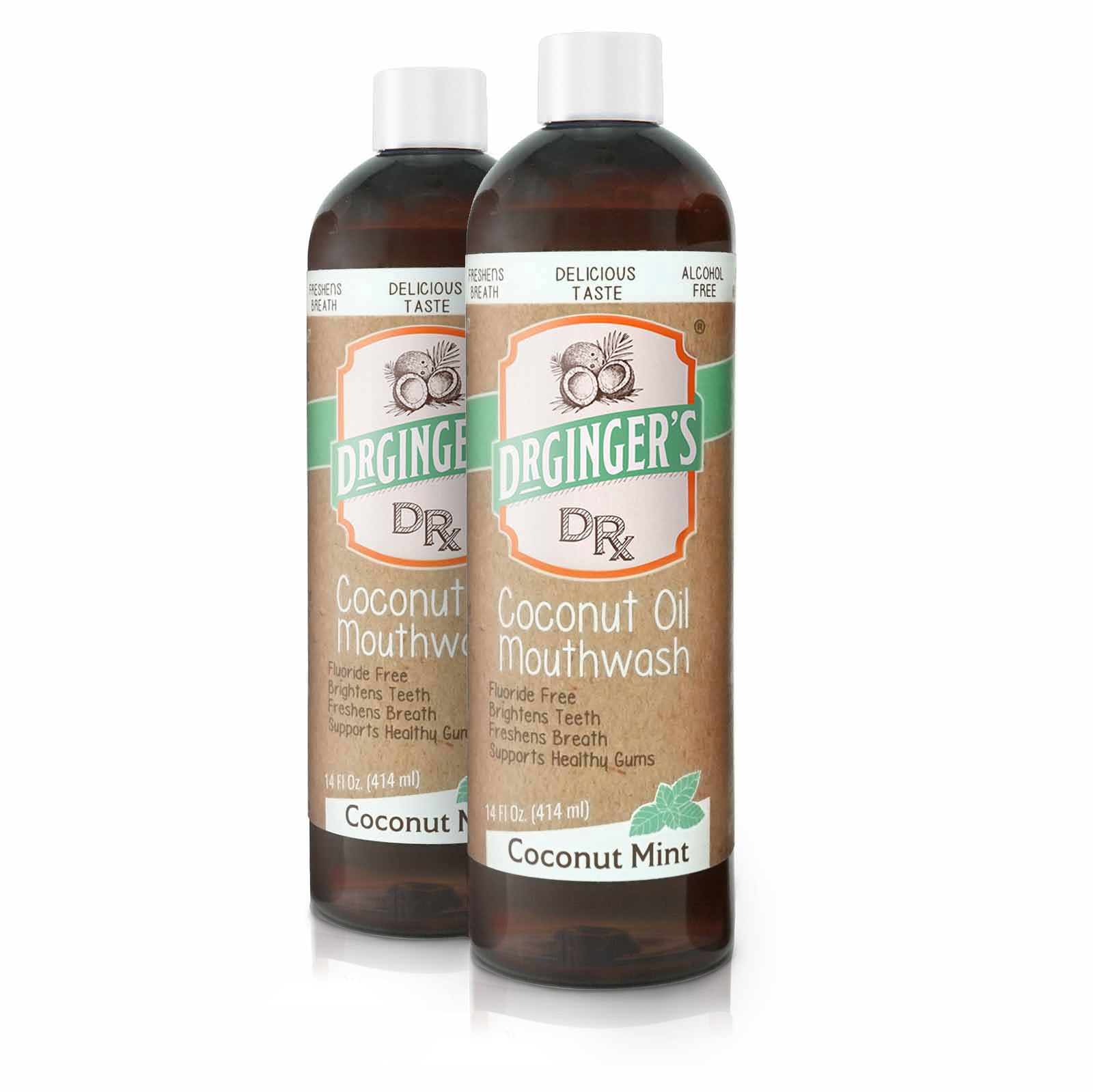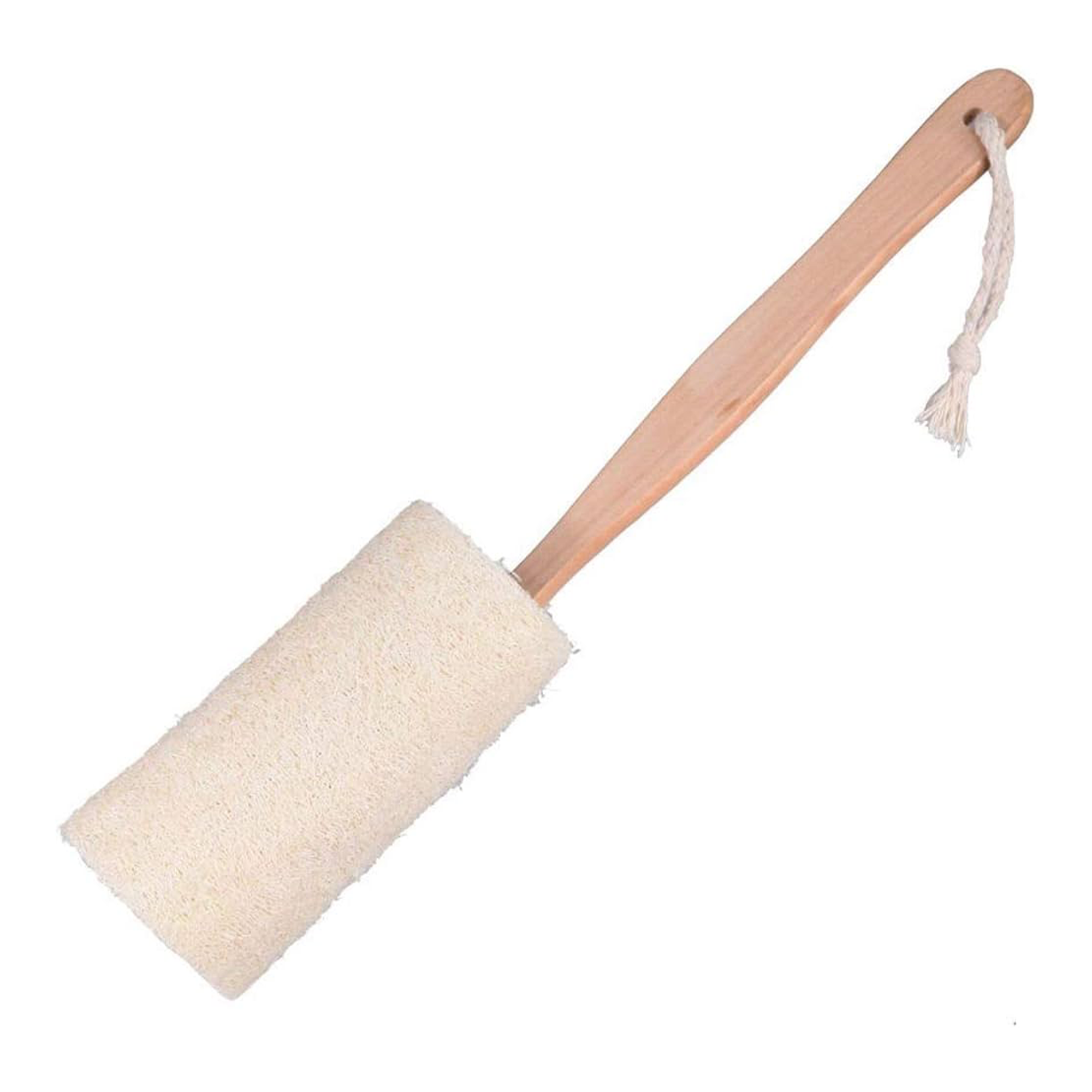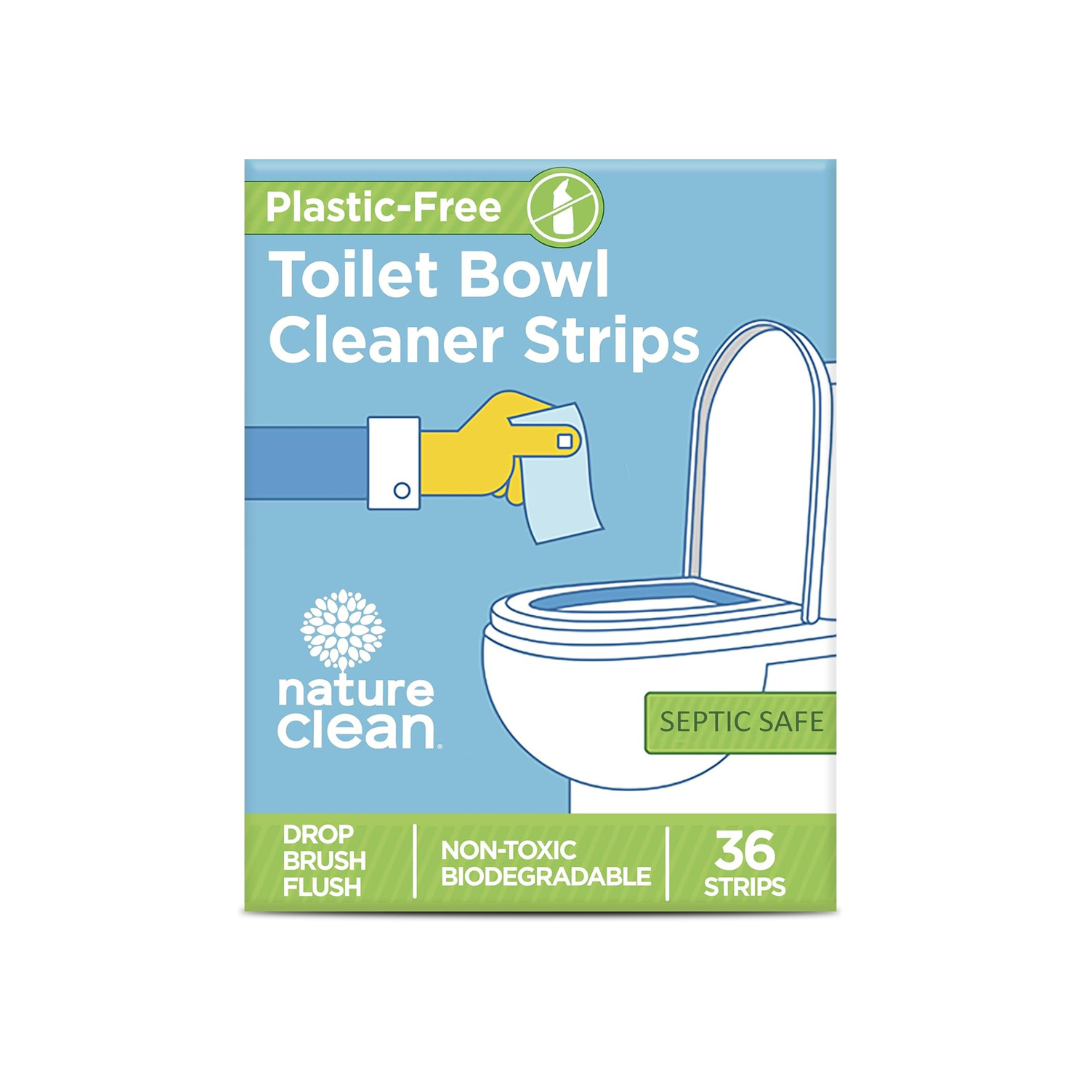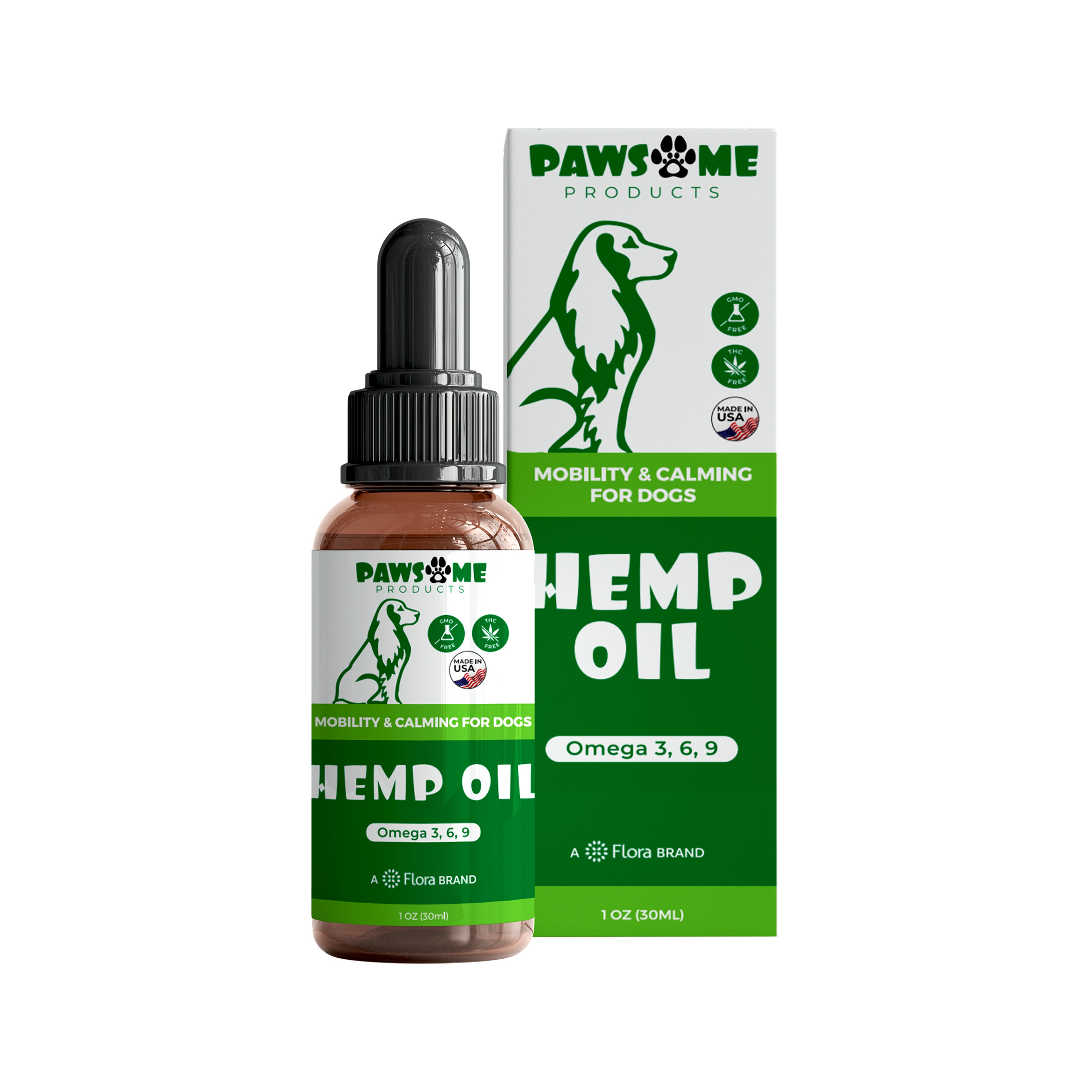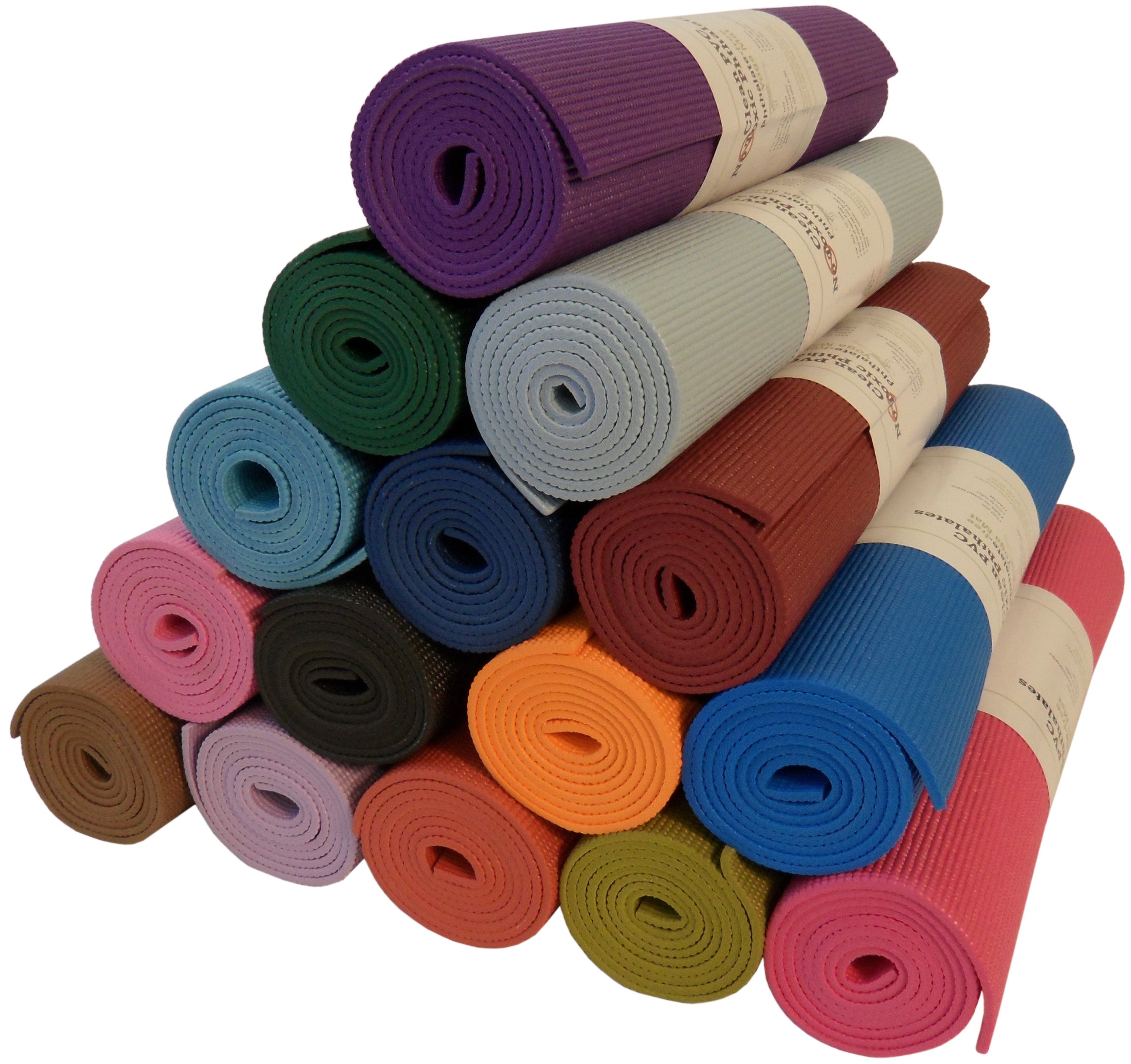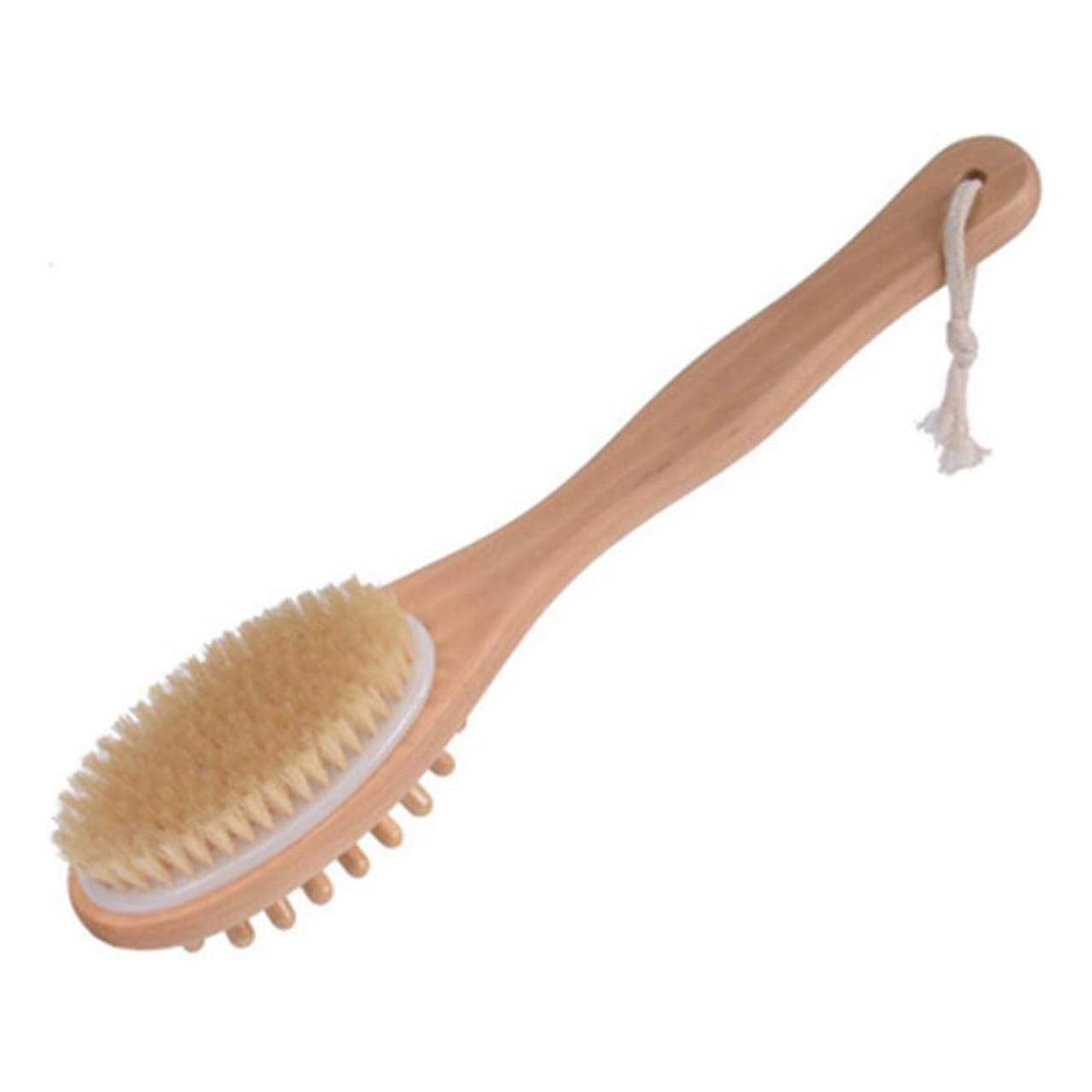In today’s rapidly evolving fashion and textile industry, artificial fabrics play a pivotal role in shaping trends, enhancing functionality, and promoting sustainability. This comprehensive guide delves deep into the realm of artificial fabrics, exploring their types, benefits, applications, and environmental impacts.
What are Artificial Fabrics?
Artificial fabrics, also known as synthetic fabrics, are textiles made from man-made fibers through chemical processes, unlike natural fabrics derived from plant or animal sources. These fabrics have become integral to modern clothing, home decor, and industrial applications due to their versatility and durability.
Types of Artificial Fabrics and Their Uses
Polyester
-
Applications: Used in everything from clothing and curtains to carpets and upholstery.
-
Benefits: Durable, wrinkle-resistant, and dries quickly.
Nylon
-
Applications: Essential for sportswear, swimwear, and outdoor gear.
-
Benefits: Exceptionally strong, elastic, and mildew resistant.
Acrylic
-
Applications: Common in knitwear such as sweaters and socks.
-
Benefits: Lightweight, soft, and warm, with a wool-like feel.
Spandex
-
Applications: Crucial for stretchable garments like leggings and sportswear.
-
Benefits: Extremely elastic, comfortable, and retains shape.
Advantages of Artificial Fabrics
Artificial fabrics offer several advantages over their natural counterparts, including:
-
Durability and Strength: Synthetic fibers are engineered to withstand extreme conditions, making them longer-lasting and more durable.
-
Moisture Wicking: Many artificial fabrics have excellent moisture-wicking properties, which keep the skin dry and comfortable.
-
Cost-Effectiveness: Generally, artificial fabrics are less expensive to produce than natural fabrics, making them more accessible to a wide audience.
Environmental Impact and Sustainability
The production of artificial fabrics has significant environmental impacts, including the use of non-renewable resources and the release of pollutants. However, advances in technology have led to the development of more sustainable practices in the production of synthetic fabrics, such as recycled polyester made from plastic bottles.
How to Care for Artificial Fabrics
Proper care can extend the life of artificial fabrics significantly:
-
Washing: Most artificial fabrics are machine washable, but it’s crucial to follow specific care instructions to avoid damage.
-
Drying: Low heat settings or air drying is preferable to maintain the integrity of the fibers.
-
Ironing: Synthetic fabrics require low heat to avoid melting or warping the fibers.
FAQs About Artificial Fabrics
-
What makes artificial fabrics different from natural fabrics?
Artificial fabrics are made from synthesized polymers, whereas natural fabrics come from natural fibers like cotton or silk. -
Are artificial fabrics recyclable?
Yes, many types such as polyester can be recycled, reducing their environmental footprint. -
Do artificial fabrics cause allergies?
Some people might experience allergies due to chemicals used in manufacturing synthetic fabrics, though hypoallergenic options are available. -
How sustainable are artificial fabrics?
While traditionally less sustainable, innovations like recycled fibers are improving the environmental impact of synthetic textiles. -
Can artificial fabrics be used for every type of clothing?
Yes, their versatile properties make them suitable for a wide range of clothing, from everyday wear to specialized protective gear.
Conclusion
Artificial fabrics are a cornerstone of modern textile applications, offering unparalleled benefits in terms of durability, affordability, and innovation. As technology advances, the potential for these fabrics to be produced sustainably increases, making them an integral part of the future of fashion and textiles.
Call to Action
Explore our diverse range of sustainable and innovative textile solutions on Flora. Whether you're looking to update your wardrobe, enhance your home, or seek eco-friendly textile options, Flora has something for everyone. Dive deeper into sustainable living and join our community dedicated to a greener future. Explore our blog for more insights and innovations in sustainable textiles.




